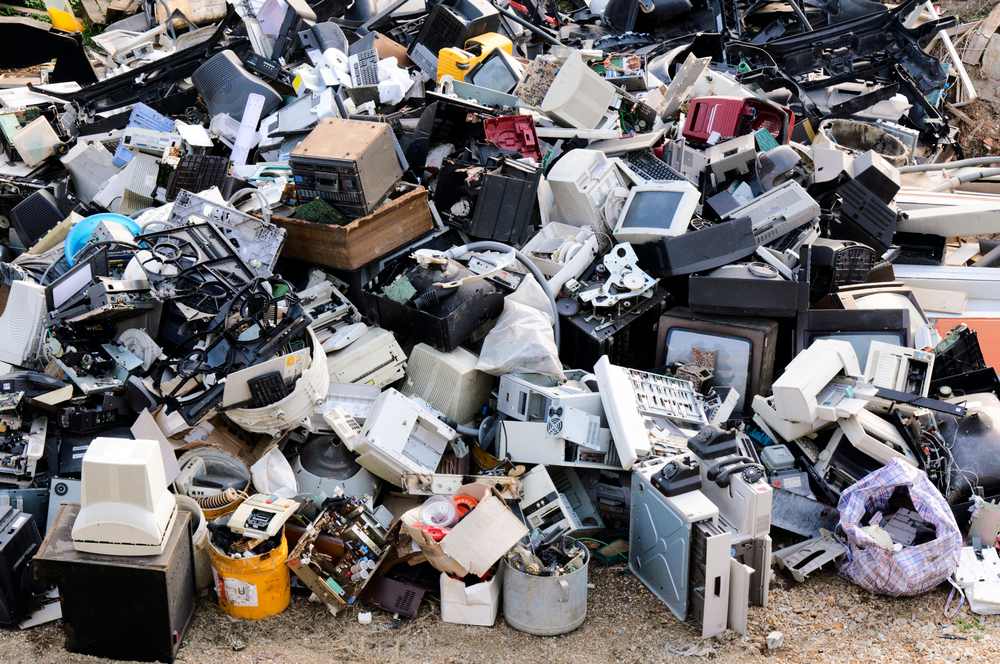Corporations can help address e-waste, but the culture must change first
How can we change a corporate IT culture that encourages B2B buyers to solve every problem with a new purchase instead of improving or simply maintaining the software or hardware they’ve already invested in?
Chief technology officers are faced with a difficult dilemma worldwide. They understand and acknowledge the environmental damage caused by filling our landfills with electronic equipment, yet they are often pressured or coerced by shrewd original equipment manufacturers (OEMs) to make the “big upgrade.”
Changing any culture is challenging because these business leaders, who are eager for new software or hardware, are not that different from consumers who desire the latest smartphone or tablet. Sometimes, that “shiny object” can simply be too tempting, but we are all paying a high environmental cost for this infatuation.
Although the right to repair debate mainly focuses on consumer products, tractors and automobiles, the hardware used by businesses are significant contributors to the world’s growing e-waste crisis.
According to Statista’s e-waste research, nearly 100 million metric tons of e-waste are generated each year, and this amount is increasing by an average of two million metric tons annually. And only 17.4% of e-waste is recycled. This means that there are currently 347 million metric tons of unrecycled e-waste on the planet. That remaining e-waste ends up in landfills, creating yet another environmental hazard for every nation, whether developed or developing.
Each of us can take steps to reduce e-waste, but I believe that corporations must bear a greater responsibility to break the chain and lead the way as responsible corporate citizens.
Either way, it is a win for the environment
In my numerous conversations with chief technology officers and other C-suite leaders, I sense they understand the problem with stuffing our landfills with hazardous waste, but often feel they have no choice but to adopt “newer and better” solutions (whether shiny or profit-driven… necessary or not). Many companies have already taken steps to reduce e-waste, but others would benefit from careful scrutiny of their existing one-sided vendor relationship that prioritizes upgrading hardware over simple fixes that would extend the product’s lifespan.
Buyers of B2B technology products must protect themselves against aggressive pressure and even predatory practices from vendors who push for upgrades. This can be achieved by learning about ways to continue using still-functional hardware and software to save money and help the environment.
What are some of these ways?
First, IT leaders can demand that software and hardware vendors provide more sustainable options for upgrades and maintenance of infrastructure hardware and software. The vendor may have these eco-friendly options available but may choose to offer a more expensive upgrade to an uninformed customer.
Second, companies can carefully review contract terms for licensing and support that always seem to favor the vendor. These can be so complex in their terms that it may require a third party to help deconstruct the agreement and clarify rights.
Finally, the company could explore third-party maintenance and support services that offer similar expertise, innovative thinking, and a way out of the cycle of unnecessary upgrades whether hardware or software or both.
The tide is turning, thanks to the growing recognition of an avoidable environmental catastrophe.
It is not too late, but business leaders need to manage a fundamental shift in thinking towards a restorative and regenerative model that addresses the hidden consequences of the tech ecosystem: wasteful software upgrades and hardware redundancy.
# # #
Shannon E. Mahaffey is chief operations officer for Origina, a global leader in the independent support of IBM and HCL software. He also serves as the president for FreeICT USA, a not-for-profit foundation actively promoting the ICT Secondary Market within the US.


